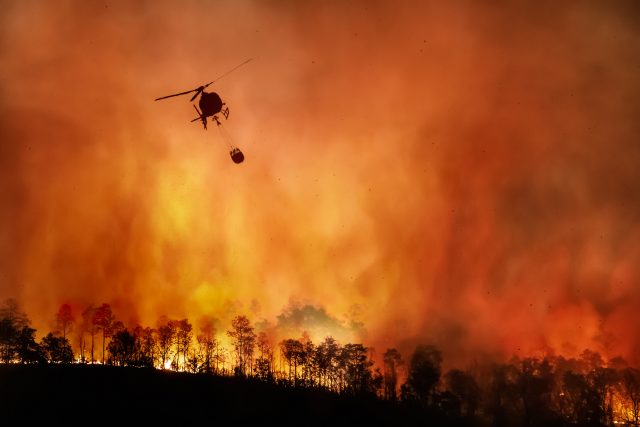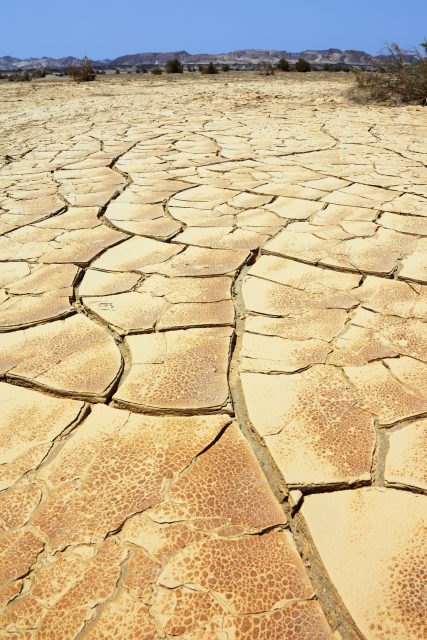This website uses cookies so that we can provide you with the best user experience possible. Cookie information is stored in your browser and performs functions such as recognising you when you return to our website and helping our team to understand which sections of the website you find most interesting and useful.
Red flag warning issued in California as drought emergency deepens
Wildfire season has come early to California, with the state receiving its first May red flag warning since 2014 due to unseasonably high temperatures and strong winds.

As reported by The Guardian, the National Weather Service issued a red flag fire warning – the highest state of alert – on 2 May for parts of northern California due to exceptionally hot weather and strong winds.
Temperatures in northern California and the Bay Area peaked at 15F above average last week, with 20-35mph winds in some parts, The Guardian reported.
The Golden State’s wildfire season doesn’t normally kick off until the summer, and usually lasts through the autumn, but unseasonably hot weather, strong winds and drought conditions have created the perfect environment for the fires to start and spread.

According to The Guardian, California has seen its driest wet seasons in over 40 years, which is proving worrisome for winemakers.
The last extreme drought in the state ran from 2011 to 2017. As reported by Decanter, California’s drought emergency now covers 41 counties, including Napa, Sonoma and Mendocino.
Amber Mihna, trade sales director for Staglin Family Vineyard, told db that a lack of rainfall was a concern.
“We had a really lovely spring here, but it got hot very quickly and there’s not enough water. We’ve had 55% of the rainfall that we usually get this year.
“I got a red flag warning text alert as temperatures are in the 90s, which is unheard of in May. I’ve never received a fire warning so early – they usually come at the end of August.”
While Mihna hopes for rain, she doesn’t want it to happen right now, during the crucial time of budbreak in the Staglin vineyards.
“We are at budbreak right now, which is pretty crucial time. If we see frost, wind, or high rain hit the flowers off before pollinating then the vine doesn’t produce fruit. We want rain, just not right now during budbreak,” she said
UC Davis in California is currently researching drought-resistant rootstocks, among other ways of adapting to the wider challenge of climate change.

